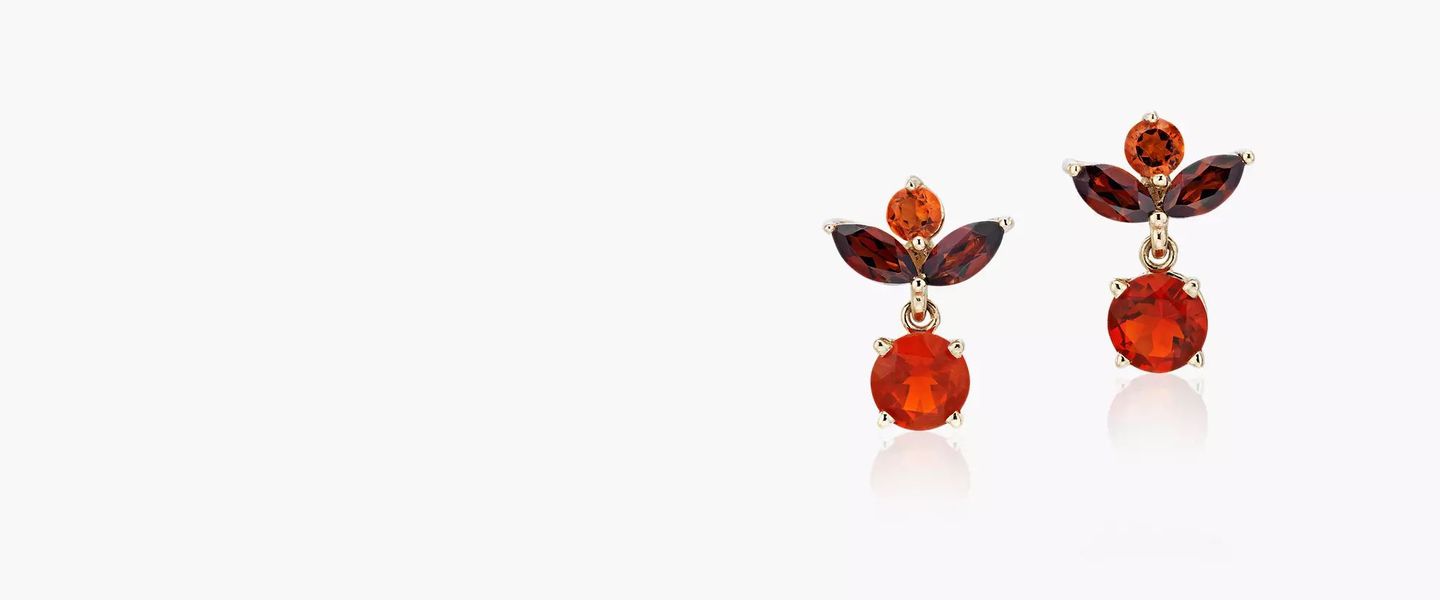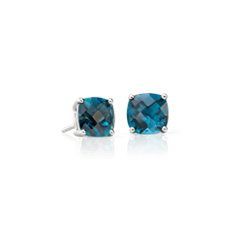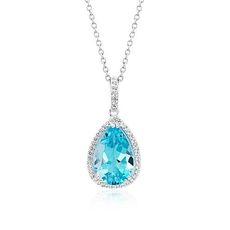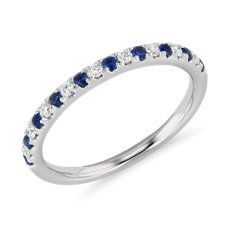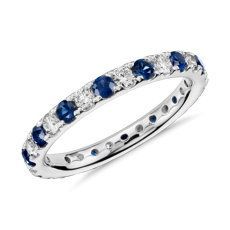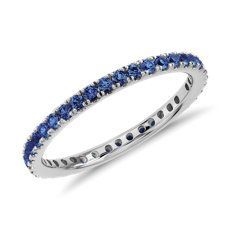Terms and conditions
What are Hue, Tone and Saturation?
When it comes to the many unique and beautiful colors of gemstones, there’s more than meets the eye. While we may assign more value to one color over another based on our personal taste in jewelry, three scientific factors—hue, tone and saturation—determine the true value of a gemstone based on its color. Hue is what we generally associate as color. Tone is how light or dark. Saturation is how rich or vivid.

The Hue of a Gemstone
The hue of the gemstone refers to the color itself. For example, the ruby is most known for its pink and red hues, and emeralds are best known for their greenish and yellowish hues. In most cases, gemstones have a primary and a secondary hue, but when weighing the value of the gemstone’s color, experts often search for stones that are as free from secondary colors as possible. In general, the most valuable gemstones exhibit a pure color and only slight hues of others. Exceptions include the opal, which is a unique gemstone that increases in value when there are more visible colors throughout.
The Tone of a Gemstone
The tone of a gemstone’s color refers to the depth of the color, from dark to light. When categorizing a gemstone’s tone, experts use the following terms to describe the range in its opacity: light, medium-light, medium, medium dark and dark. To evaluate the value of a gemstone based on its tone, we recommend holding it under a table or away from any direct light. This technique allows you to more easily determine the tone of a gemstone, since a brighter stone will still have life and brilliance, even when light isn’t directly shining on it.
The Saturation of a Gemstone
The saturation of a gemstone refers to the intensity of its color, ranging from light to strong to vivid. The more vivid the gemstone, the more valuable it is. For example, the value of an emerald gemstone is largely dependent on how green the stone is, and the price may drop significantly when the color begins to approach a more “mossy” shade of green.
Popular Gemstone Colors
Red, green, blue, purple and pink are some of the most popular gemstone colors. Sapphires, emeralds, diamonds, rubies, tanzanite, amethyst and blue topaz are some of the most sought-after gemstones in these stylish colors.
Red Gemstones
When it comes to red gemstones, ruby and garnet are some of the most popular options. Rhodolite is another popular red color gemstone that brings unique hue to necklaces, earrings, rings and more.
Orange & Yellow Gemstones
These bright gemstone colors are common among gems such as citrine and fire opal. Citrine’s gemstone color typically ranges from light yellow to rich orange. Citrine jewelry offers all ranges of these popular hues.
Green Gemstones
When most people think of green color gemstones, emerald jewelry is the first thing that comes to mind. Other green-hued gems include peridot, which is a standout light green gemstone.
Blue Gemstones
Sapphire jewelry often leads the pack of blue gemstones, but there are other gems that bring this calming color. Aquamarine, topaz, turquoise, lab diamonds and tanzanite are other popular blue-hued gems. Select diamonds are popular blue green gemstones that are beautifully saturated and incredibly durable.
Purple Gemstones
Looking for a rich purple gemstone? Amethysts come in a wide array of purple-focused colors. Rose de France amethyst is a popular color of this gemstone.
Pink Gemstones
Pink sapphires bring this romantic gemstone color to life, but other gems are increasingly popular for pink hues. Other impressive pink colored gemstones include morganite and even select diamonds.
White Gemstones
Diamonds are the most classic choice for white gemstones, but other gems are also popular in the more colorless category. Pearls, white topaz, white sapphires, quartz, select opals and some moonstones offer white coloration.
Black Gemstones
When it comes to colorful gemstones in darker shades, onyx is a classic choice. Black diamonds and some gray-hued moonstones also bring this popular gemstone shade.
Multi-Colored Gemstones
Many colorful gemstones display multiple colors, with primary and secondary hues. Opals are one of the most popular multi-colored gems, bringing a wide variety of shades in a single gemstone.
What To Look For When Buying a Gemstone
The best gemstone for you is the one that draws you in and fits your aesthetic, personality and style. Gemstones have a variety of characteristics that differentiate them from others, including:
1
Color
Gemstone color is, perhaps, its most important quality. Color in a gemstone, also known as its hue, is the unique visual appearance a gem has. Some gemstones have beautiful primary and secondary colors to them, with specific gems having a standard suite of colors. For example, rubies are often red or purplish red. Gemstones with a singular color that’s typically deeper in saturation are generally the most valuable, though many people love gemstones with other saturation levels or even primary and secondary colors. The most important thing to consider when you’re buying a gemstone for jewelry is how well you like the color. If a mossy-colored emerald makes you happy, there is no reason you shouldn’t choose one over a more valuable highly saturated green.
2
Brilliance
A gemstone’s brilliance is how bright it looks when you and the gemstone are stationary. Brilliance is the result of how much light is reflected by the stone and the contrast pattern dictated by the cut.
3
Scintillation
A gemstone’s flashes of light that sparkle while the stone is in motion is known as scintillation. A combination of brilliance and scintillation is what gives a gemstone its sparkle, or liveliness. Determining how scintillating a gemstone is requires either the gemstone or the viewer to be in motion.
Gemstone Color FAQs
What is gemstone color?
Gemstone color is the hue of a gem. Many precious and semi-precious stones have unique colors that make them perfect for necklaces, earrings, bracelets or gemstone engagement rings.
Is a gemstone's hue the same as its color?
Yes, gemstone color and hue are regarded as the same quality.
Which gemstone color is the rarest?
Red is one of the rarest colors for gemstones.
Are gems treated to enhance their colors?
Some treatments enhance a gemstone’s color for lasting beauty. Common gemstone enhancements include heat treatment, infusion, coating, bleaching and dyeing. Not all gems are enhanced, and some gem types are untouched altogether. We offer transparent information about all our gems to help you understand if your gems are enhanced.
Learn More About Gemstone Characteristics
Shop Popular Gemstone Jewelry
Learn More About Gemstone Characteristics
Explore Education by Category
Gemstone Buying Guide
Gemstone Characteristics
Gemstone Engagement Ring Guide
Gemstones vs Diamond Engagement Rings
Gemstone Meaning
Pearl Buying Guide
Birthstones
Care and Cleaning
Diamond Education and Guidance
Jewelry Education
Ring Education
Only at Blue Nile
When it comes to celebrations we strive to make your experience as
brilliant as our jewelry with the perfect pieces for every occasion.
Meet our personal jewelers, explore bestselling styles, pick up an online order, arrange to preview something from our online collection and so much more.
Book a fun and interactive appointment with a diamond expert and get up-close views of diamond and jewelery options from the comfort of your own home.
Amazing Value
The highest-quality design at a great price.
Peace of Mind
30-day returns, diamond price-match guarantee and more.
Expert Guidance
The original online jeweler since 1999.
Inspiring Assortment
The perfect pieces for every occasion.
